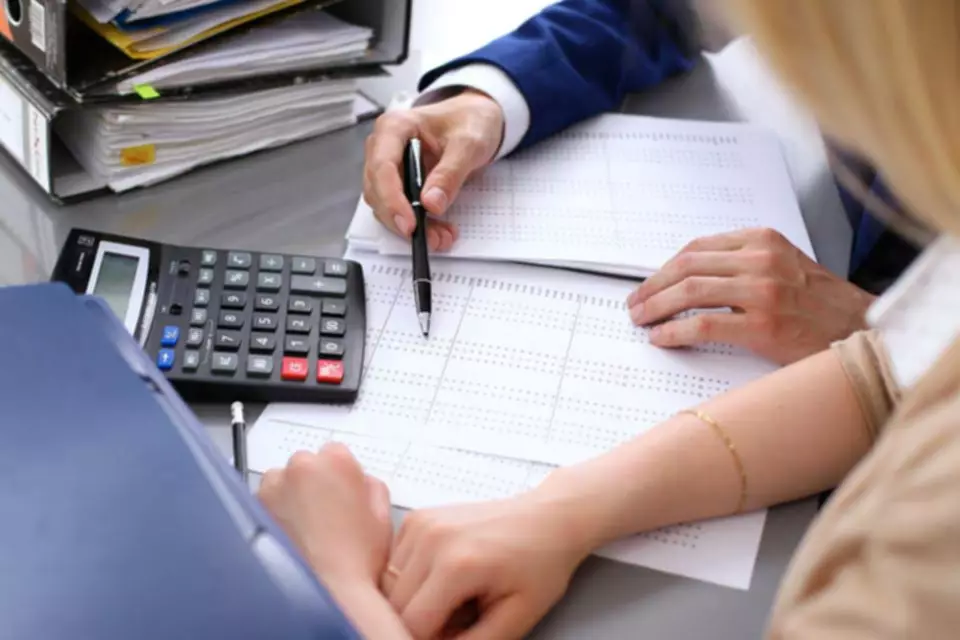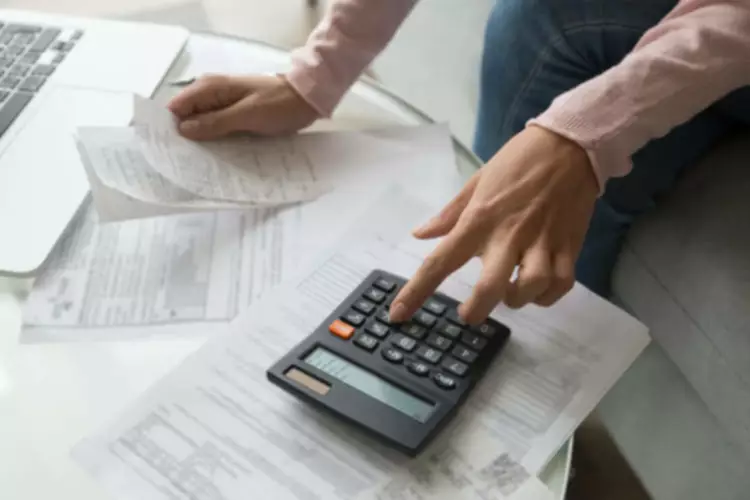Salvage Value: Formula and Calculator Step-by-Step
Content

For tax purposes, businesses are generally required to use the MACRS depreciation method. It’s an accelerated method for calculating depreciation because it allows larger depreciation write-offs in the early years of the asset’s useful life. Usually, a company estimates the salvage value to assess the annual amount of depreciation expense during the asset’s useful life. For example, Company A buys a car costing $20000, and its useful life is ten years.

The depreciation journal entry accounts are the same every time — a debit to depreciation expense and a credit to accumulated depreciation. Here’s the annual journal entry for the refrigerator’s depreciation. You know you’ve correctly calculated annual straight-line depreciation when the asset’s ending value is the salvage value.
How Salvage Value Is Used in Depreciation Calculations
There are two types of depreciation methods which are used in Finance. These are “Straight-line depreciation” and “Diminishing balance method of depreciation”.

Even some intangible assets, such as patents, lose all worth once they expire. Some assets are truly worthless when they’re no longer of use to your business. If there’s no resale market for your asset, it likely has a zero salvage value.
How to Calculate Salvage Value
David has helped thousands of clients improve their accounting and financial systems, create budgets, and minimize their taxes. To convert this from annual to monthly depreciation, divide this result by 12. To do the straight-line method, you choose to depreciate your property at an equal amount for each year over its useful lifespan. Calculating residual value requires two figures namely, estimated salvage value and cost of asset disposal. Residual value equals the estimated salvage value minus the cost of disposing of the asset.
The salvage value is considered the resale price of an asset at the end of its useful life. The market approach uses what a willing buyer would pay for the asset, minus any depreciation. If the asset has joint personal and business use, the owner can depreciate only the business use percentage of the asset.
Example of Asset Salvage Value
She has ghostwritten political, health, and Christian nonfiction books for several authors, including several New York Times bestsellers. Dr. JeFreda R. Brown is a financial consultant, Certified Financial Education Instructor, and researcher who has assisted thousands of clients over a more than two-decade salvage value formula career. She is the CEO of Xaris Financial Enterprises and a course facilitator for Cornell University. Let’s take an example to understand the calculation of Salvage Value formula in a better manner. Scrap Value is a projected value of an asset that can’t be used any longer for original purposes.
- Such considerations may affect a company or individual’s decision whether to lease or buy an asset.
- Salvage value is an estimate, while depreciation is a calculation based off this amount.
- Keep in mind that the vehicle’s repaired trade-in worth and salvage value differ.
- In general, the salvage value is important because it will be the carrying value of the asset on a company’s books after depreciation has been fully expensed.
According to this method, the vehicle’s salvage value for accounting purposes is about USD 5000 at the end of its useful life. A vehicle purchased for USD might be worth USD 5000 after five or seven years of regular use. But then you have to consider other wear and tear, everything from fender benders to major accidents, that can further reduce your vehicle’s value.
Do market research to determine salvage value
BHEL Limited installed Engineering machinery costing INR 1,000,000 has a useful life of 10 years. Proctor & Gamble has installed machinery costing INR 800,000 has a useful life of 5 years. Engineering machinery costing INR 100,000 has a useful life of 7 years. Residual ValueResidual value is the estimated scrap value of an asset at the end of its lease or useful life, also known as the salvage value. It represents the amount of value the owner will obtain or expect to get eventually when the asset is disposed. Cost AccountingCost accounting is a defined stream of managerial accounting used for ascertaining the overall cost of production. It measures, records and analyzes both fixed and variable costs for this purpose.
- However, MACRS does not apply to intangible assets, or things of value that you can’t see or touch.
- The outcome of this calculation will always be lower than the market value of the vehicle.
- Thus, the salvage value of the asset has no effect on depreciation when the double-declining balance method is used.
- When calculating depreciation, an asset’s salvage value is subtracted from its initial cost to determine total depreciation over the asset’s useful life.
Most businesses utilize the IRS’s Accelerated Cost Recovery System or Modified Accelerated Cost Recovery System methods for this process. This difference in value at the beginning versus the end of an asset’s life is called “salvage value.” Before I made changes, the asset had been depreciated only for the first month when it was placed in service. I calculated https://quickbooks-payroll.org/ so we can see the amount expected for each month in the future. Determining monthly depreciation for an asset depends on the asset’s useful life, as well as which depreciation method you use. For example, the annual depreciation on an equipment with a useful life of 20 years, a salvage value of $2,000 and a cost of $100,000 is $4,900 (($100,000-$2,000)/20).
Salvage your bookkeeping
Various fields and industries differ in the way they calculate an asset’s residual value. However, the residual value of an asset is usually calculated from the estimated salvage value of that asset. The salvage value can be estimated using the comparable approach, i.e. based on the value of comparable assets in the market. The total fixed assets balance may also give an inaccurate picture on the balance sheet. The salvage value of a property depends on how long you use it and how hard you work it.
- The way an asset has been operated, used, and otherwise maintained during its useful life can have a real effect on its future market value.
- Residual value equals the estimated salvage value minus the cost of disposing of the asset.
- If there is a decrease in the salvage value, depreciation expense will increase and vice versa.
- Check out salvage king eshop, our latest inventory, and get in touch with our experts to buy the used or salvage car you want.
- Since different owners might estimate different market values for an asset, standard values that have achieved industry acceptance are often used for salvage values.
- The double-declining balance method uses a depreciation rate that is twice the rate of straight-line depreciation.
